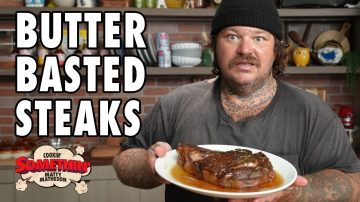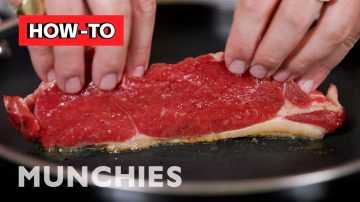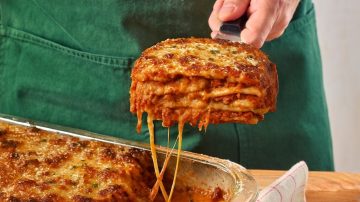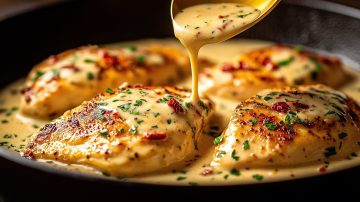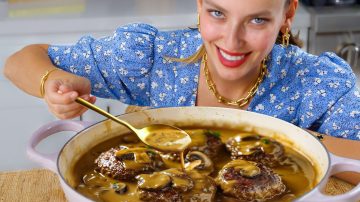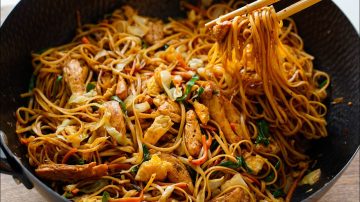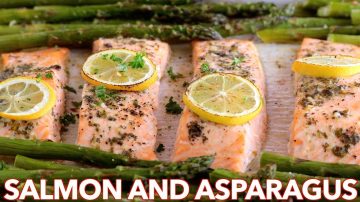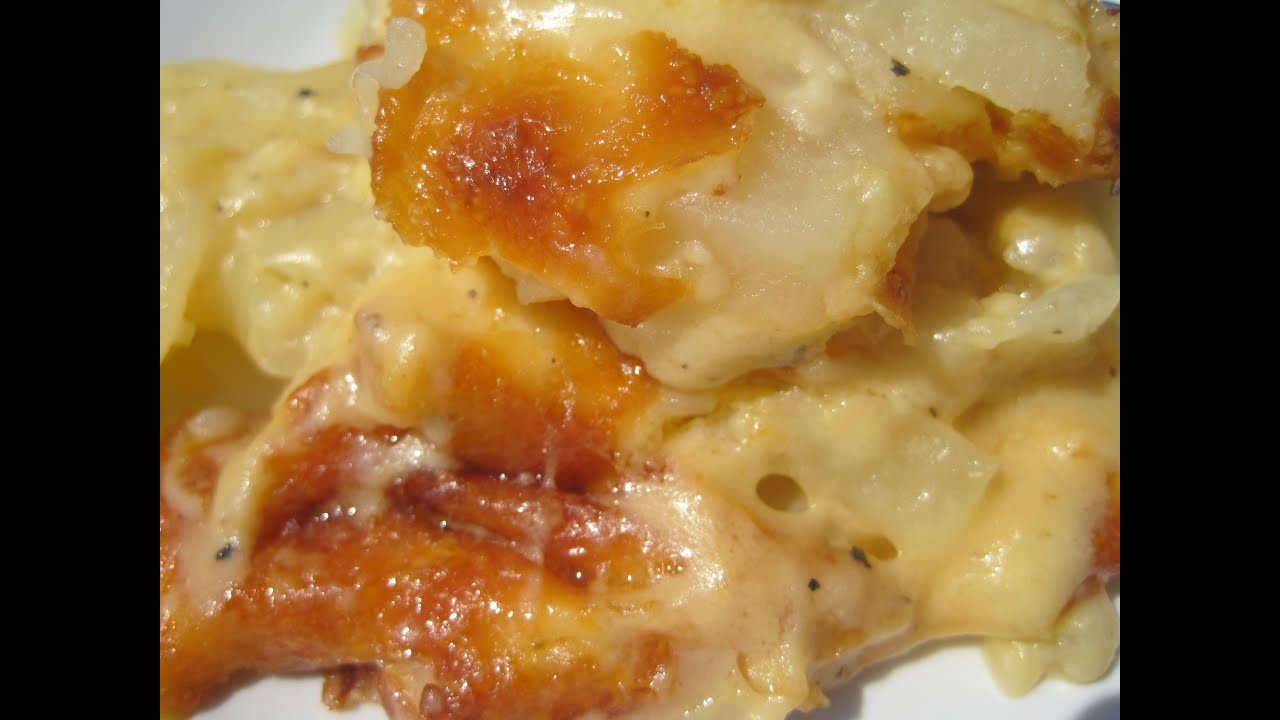The Perfect Steak
Recipe Overview
Overview
Cooking the perfect steak is all about mastering a few key techniques, and this recipe covers two of the best: butter basting and reverse searing. The butter basting method is perfect for smaller cuts like filet mignon, where you can achieve a beautiful crust while keeping the inside juicy. By using a heavy-bottomed pan and a generous amount of oil, you ensure that the steak gets an even browning, which is crucial for flavor.
The reverse sear method, on the other hand, is ideal for thicker cuts like ribeye. By cooking the steak slowly in the oven first, you allow it to cook evenly from the inside out. Once it reaches the desired internal temperature, a quick sear in a hot skillet gives it that signature crust. This method not only enhances the flavor but also ensures that the steak remains tender and juicy.
One of the standout moments in this recipe is the butter basting technique, where you spoon hot, flavored butter over the steak as it cooks. This not only adds richness but also infuses the steak with aromatic flavors from garlic and rosemary. Remember to let your steak rest after cooking; this crucial step locks in the juices and ensures a perfect bite every time.
With these techniques in your arsenal, you can confidently prepare a steak that rivals any restaurant dish. Whether you’re cooking for a special occasion or just a cozy night in, mastering these methods will elevate your steak game.
Recipe Details
Steps & Tips
Season the filet mignon all over with a generous amount of salt and fresh cracked pepper.
Tip: For smaller or thinner steaks, avoid resting in the fridge overnight to prevent drying out.
Use a heavy-bottomed pan, preferably cast iron or stainless steel, and cover the bottom with a layer of oil.
Tip: Use an oil with a high smoke point to prevent burning while cooking.
Fire up the heat to high until the pan is ripping hot and the oil begins to smoke.
Place the steak in the pan, pressing down for a few moments, then reduce the heat to medium-low.
Watch the edges of the steak for browning and adjust the temperature as needed.
Tip: Keep a timer in your head to sear both sides of the steak for the same amount of time.
When ready, increase the heat, ensure the steak is loose from the pan, and flip it.
Lift the steak and reposition it over new hot oil for even cooking.
Tip: Reposition the steak over new hot oil to ensure even cooking and crust development.
Carefully pour off the oil and wipe the pan clean.
Return the steak to the pan on low heat, adding half a stick of butter, garlic, and rosemary.
Tilt the pan and spoon the melted butter over the steak repeatedly.
Tip: Keep the flame on low temperature while butter basting to prevent burning.
Check the steak's temperature, aiming for 140 to 145°F for medium.
Rest the steak for about 10 minutes, covered with herbs and brown butter.
Tip: Resting the steak allows juices to lock in, enhancing flavor.
Tip: Rest the steak for at least 10 minutes to lock in juices after cooking.
Trim the outer ribeye cap and cut the steak into thick pieces.
Lay the steak pieces on a plate, finishing with flavored butter, chives, and cracked pepper.
Frequently asked questions
Below you will find answers to the most common questions about this recipe.
Got a Recipe Question? Ask Away!
Interesting Tidbits
- •Butter basting enhances flavor and moisture in the steak.
- •Resting the steak after cooking allows juices to redistribute for better texture.
- •Using a cast iron skillet provides even heat distribution for perfect searing.
- •The reverse sear method is ideal for thicker steaks to ensure even cooking.

